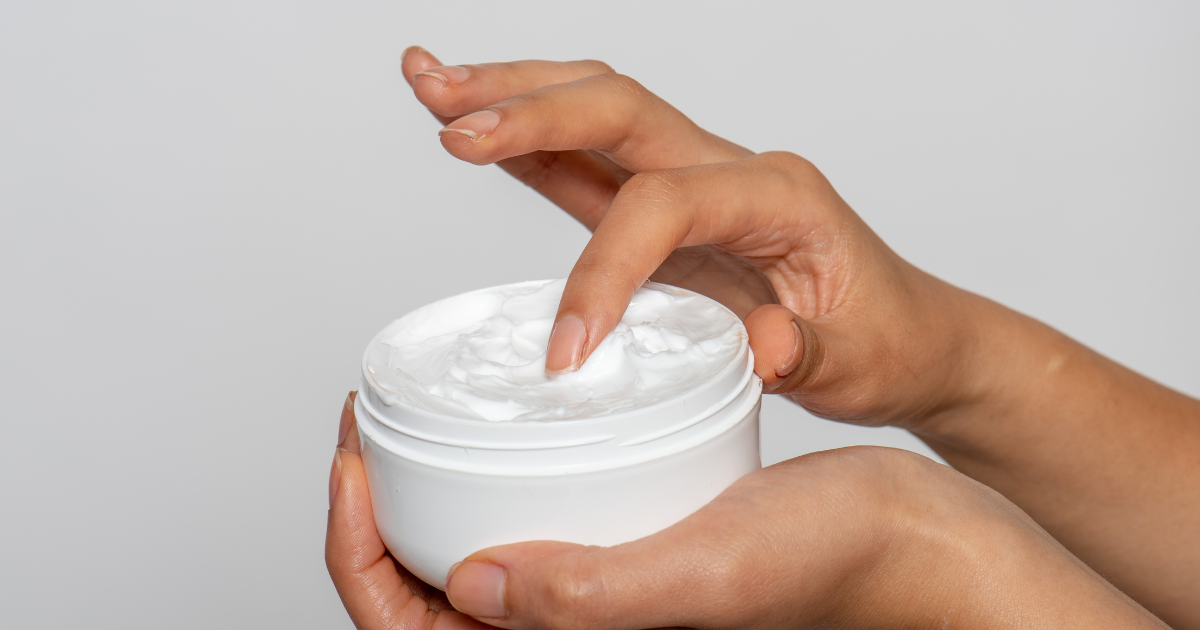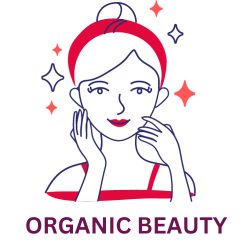Common Moisturizer Mistakes That Are Making Your Skincare Routine Ineffective

Moisturizer is one of the most important skincare products. Moisturizers are right after cleansing in skincare. Everyone must use moisturizer for basic skincare and beautiful, soft skin. There are different types and brands of moisturizers available on the market.
Ever wondered why the moisturizer doesn’t seem to be working properly even after you’ve bought a brand-name moisturizer and matched it with your skin type? This could be due to some common moisturizer mistakes. For a product to be effective on the skin, it must be used correctly. Let’s find out in today’s discussion what the common moisturizer mistakes are that are made in the application.
What is a moisturizer?
A face moisturizer is a lotion, cream emulsion, ointment, or balm formulated with emollients that help skin stay hydrated. hydrate the surface layers of the skin. Their main skin benefit is that they seal the skin, locking in moisture and nutrients while protecting the skin from environmental irritants.
Face moisturizers work in two ways: they either trap moisture in your skin, creating a temporary seal, or they restore lost moisture in the outer layer of your skin. There are four classes of ingredients Occlusives, like petrolatum, form a protective seal. Humectants, like hyaluronic acid and bionic acid, pull in water from deeper skin layers and the atmosphere.
Emollients, like glycerin, fill in cracks and roughness, helping to smooth the skin; and barrier-repair ingredients, like ceramides and the polyhydroxy acid (PHA) gluconolactone, replace natural fats and skin conditioners, helping the skin barrier to function optimally. Most products are formulated with a combination of ingredients, so it’s best to choose a based on your skin type and/or skin concern.
Common Moisturizer Mistakes

Using moisturizer on impure skin
Unclean skin contains various dust, dirt, and bacteria. They stay above the epidermis layer of the skin and close the pores. If you use impure skin, the cannot pass through this dust layer and reach the skin properly. Dirt, dust, sand, bacteria, etc., combined with the oil-based ingredients of moisturizers, clog pores, which can lead to acne breakouts. Also, using any skincare product on impure skin may not be effective but have harmful effects. So clean the skin well, and then apply moisturizer.
Using moisturizer on impure skin
The skin of our hands becomes impure and dirty due to exposure to external dust, sand, germs, bacteria, etc. If it is applied to unclean hands, dirt, germs, bacteria, etc. on the hands cause contamination. This results in skin problems like breakouts, fungal acne, and acne. So be sure to clean your hands thoroughly before using any skin care product, including moisturizer.
Using moisturizer without washing hands
The skin of our hands becomes impure and dirty due to exposure to external dust, sand, germs, bacteria, etc. If it is applied to unclean hands, dirt, germs, bacteria, etc. on the hands cause contamination with the moisturizer. This results in skin problems like breakouts, fungal acne, and acne. So be sure to clean your hands thoroughly before using any skin care product, including.
Use a moisturizer on dry skin
Another common mistake when using it is applying it to very dry skin. on slightly wet skin are much more effective than on dry skin. The occlusive and emollient ingredients contained in it can easily lock the water on the skin and penetrate the skin layer. Here, wet means the light wetness that remains on the skin after washing the face and wiping it well. So try using a moisturizer on lightly damp skin rather than on completely dry skin.
Avoid using moisturizer on oily skin
A common mistake people with oily skin make is not using or skipping altogether from their skincare routine. A common misconception or myth is that oily skin doesn’t need a moisturizer, as their skin always has extra oil. Remember that just because the skin produces excess oil does not mean that it contributes to the skin.
Combination with oily skin also makes it dehydrated due to a lack of. This damages the skin’s barrier and gradually causes a lack of hydration in the skin. Many types on the market are suitable for oily skin. Using the right method not only keeps the skin hydrated but also reduces the oiliness of the skin and the oiliness of the skin itself. So no matter what the skin type is, never skip it.

Using more or less moisturizer than needed
Many people either use too much or too little, both of which are bad for the skin. People with dry skin often use more than necessary to reduce the dryness of the skin, which does not help. So those with dry skin can use a hydrating serum Because using an excess amount of what is required can make the skin look extra oily and cause problems like clogged pores.
Likewise, using less than the required amount also causes various skin problems. Using too few of the important ingredients may not be effective, and the skin may lack hydration. So it is important to use the right amount on the skin. Dab a small amount on the forehead, nose, cheeks, and chin with your fingers.
Rubbing the skin too hard while using moisturizer
The most sensitive part of our body is our face. Usually, excessive rubbing and too-strong massage damage the epidermis layer of the skin. The result is that the upper layer of the skin becomes sensitive, and the skin develops wrinkles, fine lines, and various types of blemishes. It damages the skin barrier. Applying any skincare product to the skin should be done with a light enough hand by dabbing with fingers and gently massaging.

Do not apply moisturizer to the neck area along
With our face, our neck skin or neck area is also very thin, soft, and sensitive. Hopefully, by avoiding these common mistakes, you will begin to perform better. Try to choose authentic products when using any skincare products. I always rely on Sajgoz for authentic makeup, skincare, and hair care products. You can also visit Sajgoj’s website, app, or physical store.
Sajgoz has several physical shops. These shops are located at Jamuna Future Park, Shimonda Sambhar, Capital Siraj Center on Bailey Road, Eastern Mallika, Rankin Street in Warri, Bashundhara City, Padmanagar in Uttara (opposite Zamzam Tower), Kingshuk Tower in Mirpur, and Khulshi Town Center in Chittagong. Apart from these shops, you can also buy all your useful or favorite products online.
An ever-growing array of products to moisturize your skin increasing ways to treat dry skin
When skin doesn’t retain enough moisture, dry skin develops. Age, using harsh soaps, taking frequent baths, and other medical problems can all cause this. Also, the cold, dry winter air may be the cause for people who live in colder areas.
There are several methods to treat dry skin, so you don’t have to accept rough, flaking skin as an inevitable side effect of aging or the weather. The first item on the list is moisturizing. “Consider it as a shield between your skin and the chilly, dry air,” advises Harvard Medical School dermatology professor Dr. Kenneth Arndt. The Harvard Medical School Special Health Report Skin Care and Repair’s faculty editor is.
The components that can help hydrate your skin
One of the greatest ways to treat dry skin is to use moisturizers, which lock in moisture and refresh the top layer of skin cells. Three categories of components are present in them:
Humectant substances. These materials aid in absorbing moisture. They consist of lecithin, glycerin, sorbitol, hyaluronic acid, and ceramides (pronounced ser-A-mids).
Occlusives. These substances, which aid in keeping moisture in the skin, include silicone, lanolin, petrolatum (petroleum jelly), and other oils.
moisturizers. To prevent the two from separating, some products include an emulsifier in addition to water and oil. Compared to oils or petrolatum, they are lighter and simpler to apply. Emollients and humectants, such as linoleic, linolenic, and lauric acids, are found in many commercials.



